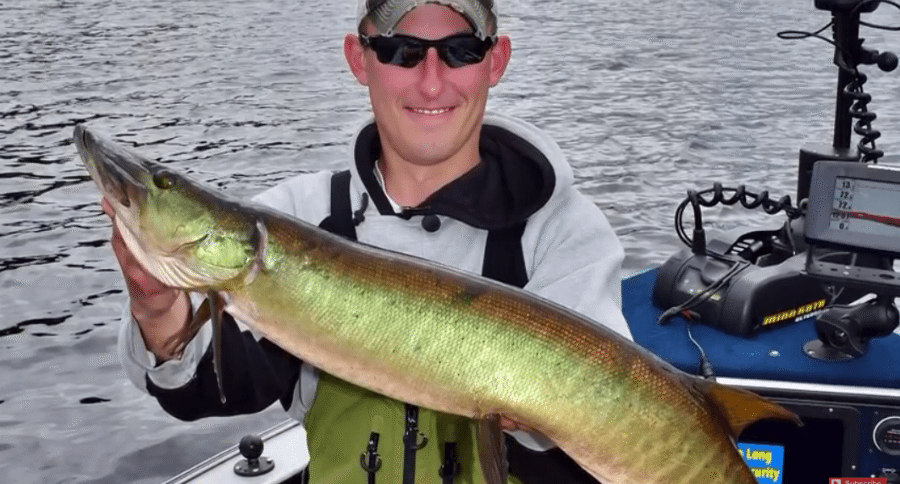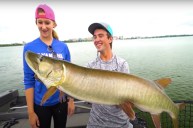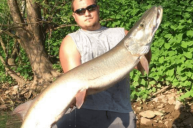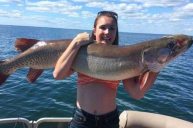In the age of the internet, secret musky lakes are not so secret anymore.
As far as tight-lipped fishing communities go, musky anglers value their privacy above all others. They live off of chasing rumors and traveling to unknown locations.
We may never gain access to their truly magical hidden coves, even with a world's worth of information at our fingertips. But these five lakes are a good start for beginning musky fanatics who wish to avoid highly pressured fisheries.
1. Mantrap Lake, Hubbard County, Minnesota
Mantrap features a shoreline that twists and turns in a maze-like pattern. Early settlers coined its unique name because of the likely chance that you'd get lost while exploring it. Even veterans to this body of water are constantly finding new hot spots within the lake.
Mid-lake rocky reefs and submerged islands are points of interest for Mantrap's muskies. Rumor has it that the largest predators are susceptible to hitting surface baits that are chugged over the tops of those structures.
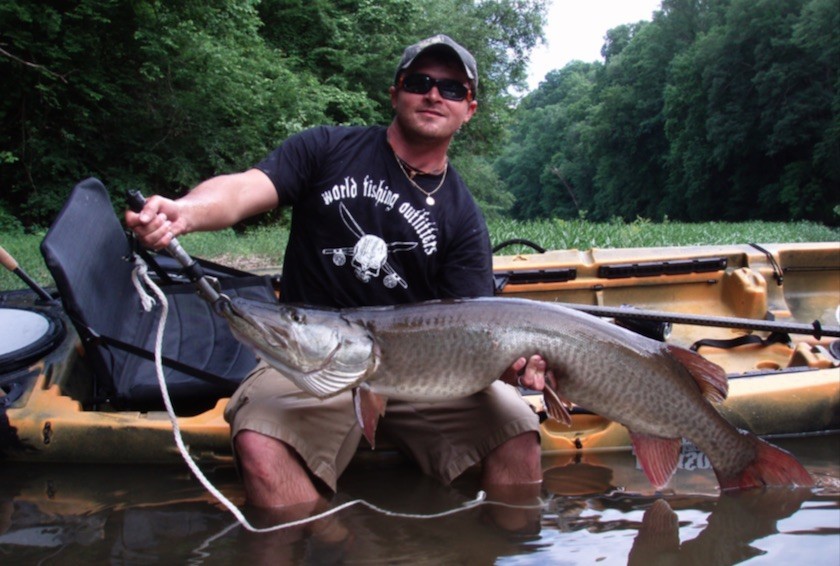
2. Boulder Lake, Vilas County, Wisconsin
The outline of this lake resembles that of a stingray, but it is the muskie that inhabits its waters. Whispers of genuine giants, and a solid population for satisfying catch rates, are what draws anglers to the shores of Boulder Lake.
It is relatively shallow, with a maximum depth of 23 feet. Vilas County is littered with fisheries that see much more pressure, but this lake is a smart choice for escaping the boat traffic.
If the mighty musky is being stubborn when visiting here, Boulder also houses a healthy population of trophy smallmouth.
3. Thornapple Lake, Barry County, Michigan
Less than half of Thornapple's shoreline is developed. This helps create a relaxing environment for musky hunters because of the lack of pleasure boaters.
Countless main lake weed beds offer a plethora of hiding spots to explore. Thornapple River flows through the lake, and helps sustain an ecosystem that can provide for large predatory fish. Muskies in the 20-pound range are reported every year. They are also growing at a respectable rate because the lake is stocked by the DNR with 1,000 fingerlings annually.
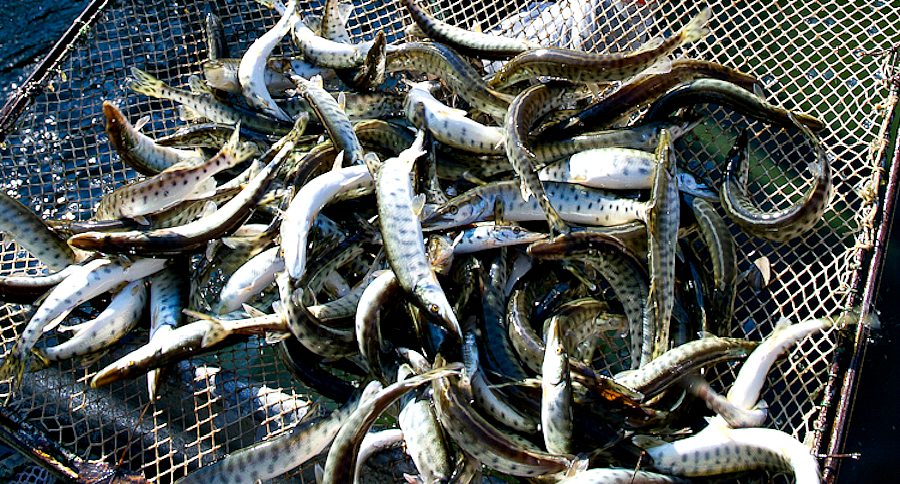
DNR personnel drained the ponds and collected and about 25,000 muskies, some in excess of 12 inches, which were transported to some 17 sites across the state. Among those sites were Thornapple and Big Bear lakes, which will be stocked annually for 10 years in an attempt to create a new brood stock lake.
4. Big Wolf Lake, Beltrami County, Minnesota
Big Wolf is connected by the Mississippi and Turtle rivers that make up the famous Cass Lake chain. Directly linked to documented musky factories such as Andrusia and Cass, Big Wolf is overlooked for providing equally good fishing.

Abundant submerged and emerged vegetation are found throughout the lake. Throwing bucktails and glide baits into these areas are sure bets at raising a trophy. Big Wolf is an excellent choice for muskies under less pressure. If you're traveling to this area of Minnesota in search of the toothy critter, be sure to check it out.
5. Leesville Lake, Carroll County, Ohio
Residents of Ohio would probably shake their head at the thought of this lake being considered unknown. Fishermen and women centered more in the heart of musky country might not view it in the same light.
Ohio does not come to mind when you think of monster muskies, but Leesville should. It has an excellent population of fish and is stocked annually. The largest fish to date that came out of this lake is 53 inches; that's not a small musky by any region's standards!
Leesville has a special 10 horse motor regulation. This helps eliminate a lot of fishing pressure, and creates a sense of curiosity. This is a perfect destination for more northern residents to travel to earlier in the year if they can't wait for openers on their home waters.
NEXT: STRAP ON THE FEED BAGS, THESE BASS ARE HUNGRY!
WATCH
https://rumble.com/embed/u7gve.v3v6er/
